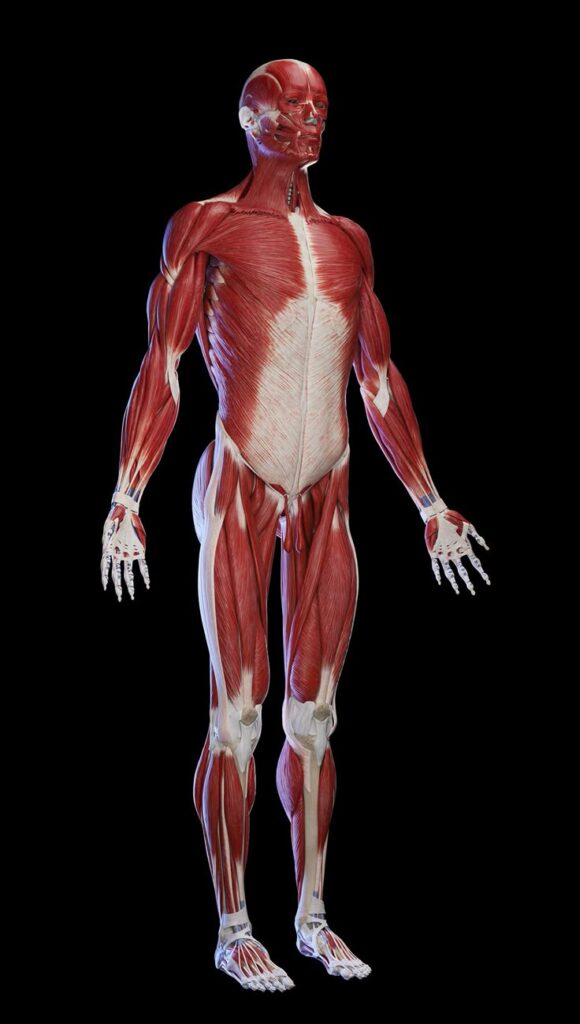Learn about reproduction in humans with simple Class 12 notes, labeled diagrams, and key points. Best for CBSE 2025 exam prep and health learners.
🩺 Introduction
Reproduction in humans is a vital biological process that ensures the continuity of life. It involves the formation of new individuals from existing ones. This topic is a key part of the Class 12 Biology syllabus and also plays a major role in understanding human health and development.
Whether you’re preparing for your 2025 board exams or just want a simple explanation, this article will guide you through all important concepts of reproduction in humans with clear notes and visuals.
🧬 What is Reproduction?
Reproduction is the biological process by which organisms give rise to offspring. In humans, it is sexual reproduction, involving male and female gametes.
There are two types:

- Asexual Reproduction – Seen in unicellular organisms.
- Sexual Reproduction – Occurs in humans and most multicellular organisms.
🧑⚕️ Human Reproductive Systems
1️⃣ Male Reproductive System
Main Organs:
- Testes: Produce sperm and testosterone.
- Vas deferens: Carries sperm to the urethra.
- Penis: Transfers sperm into the female body.
2️⃣ Female Reproductive System
Main Organs:
- Ovaries: Release eggs and hormones (estrogen & progesterone).
- Fallopian Tubes: Fertilization occurs here.
- Uterus: Where the embryo implants and develops.
- Vagina: Receives sperm.
📌 Diagram: Add a labeled diagram of both systems (optional image or illustration).
🤝 Fertilization and Pregnancy
Fertilization occurs when a sperm cell unites with an egg cell in the fallopian tube, forming a zygote. The zygote travels to the uterus, implants itself, and develops into an embryo.
Stages:
- Fertilization
- Zygote Formation
- Embryo Implantation
- Fetal Development
📝 Important Exam Questions (Class 12)
- Define sexual reproduction.
- Label male and female reproductive organs.
- What is the role of the placenta?
- Name the hormones involved in reproduction.
- Explain fertilization with a diagram.
📊 Quick Summary Table
| Concept | Key Points |
|---|---|
| Type of Reproduction | Sexual |
| Male Gamete | Sperm |
| Female Gamete | Egg (Ovum) |
| Fertilization Site | Fallopian Tube |
| Hormones Involved | Estrogen, Progesterone, Testosterone |
| Pregnancy Duration | ~9 months (40 weeks) |
🔗 External References
https://ncert.nic.in/textbook.php


